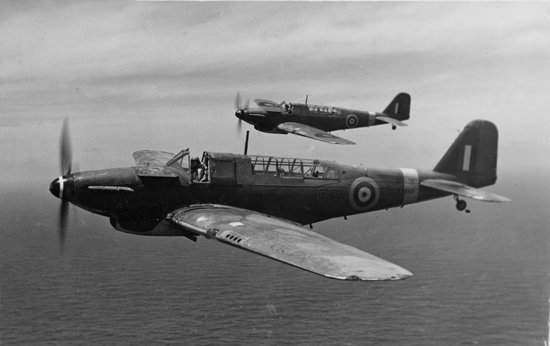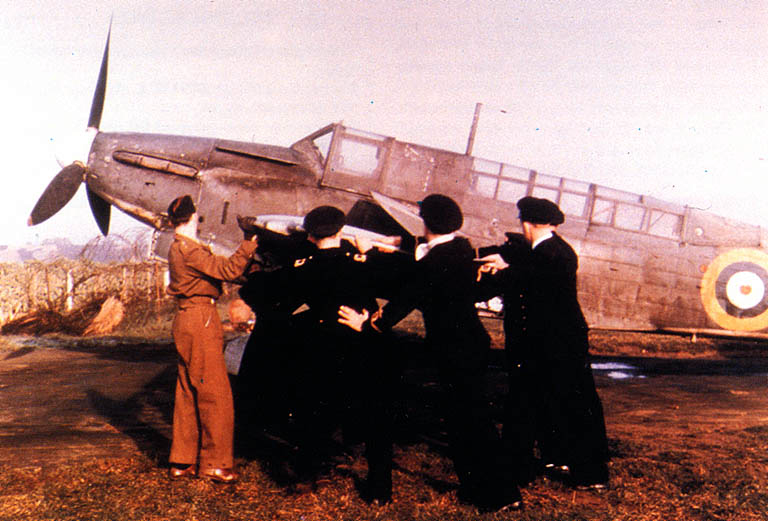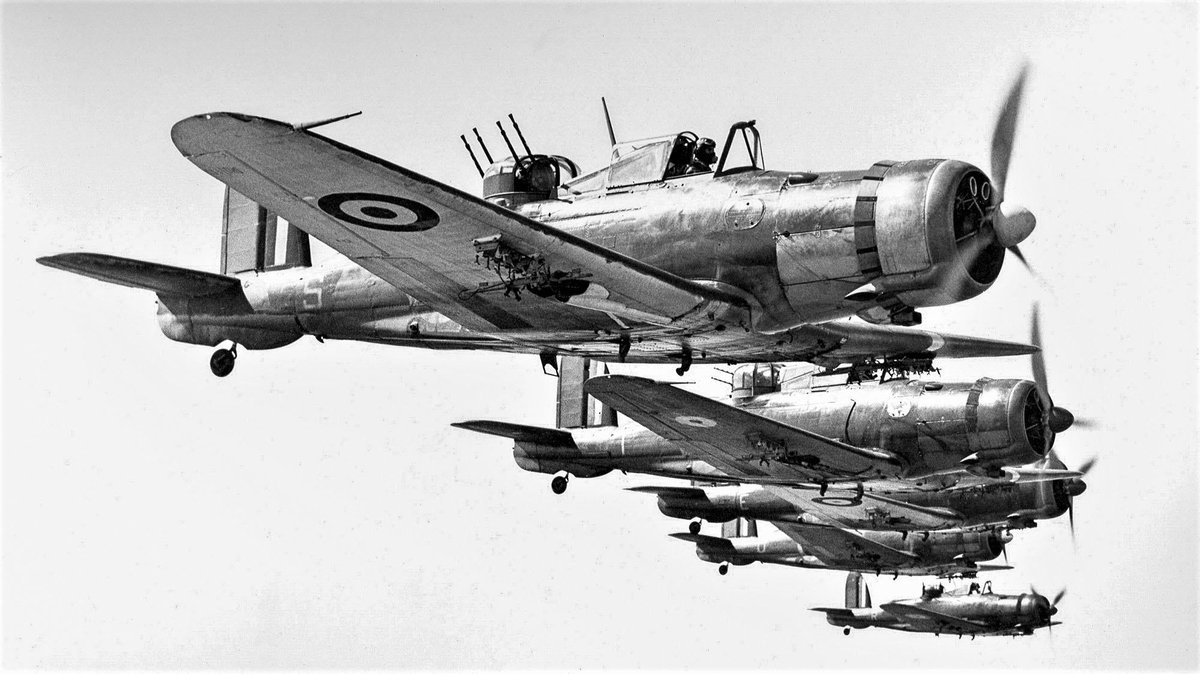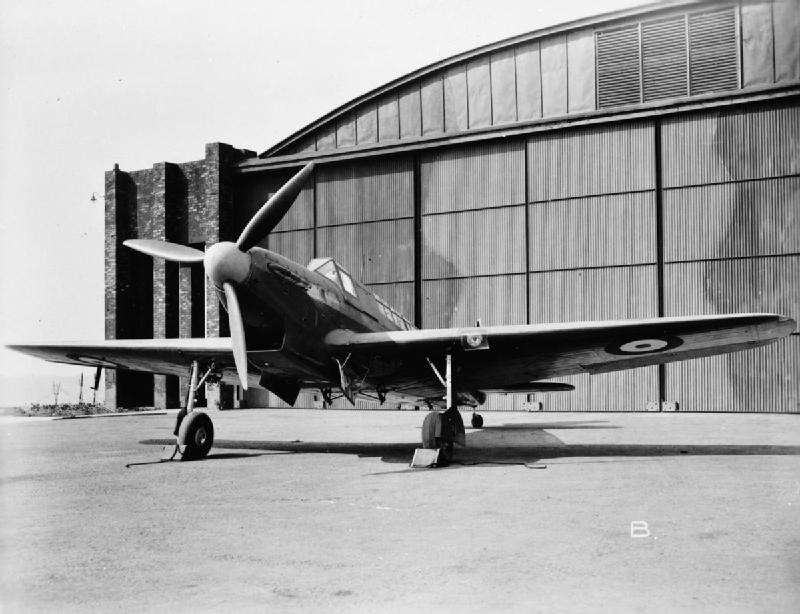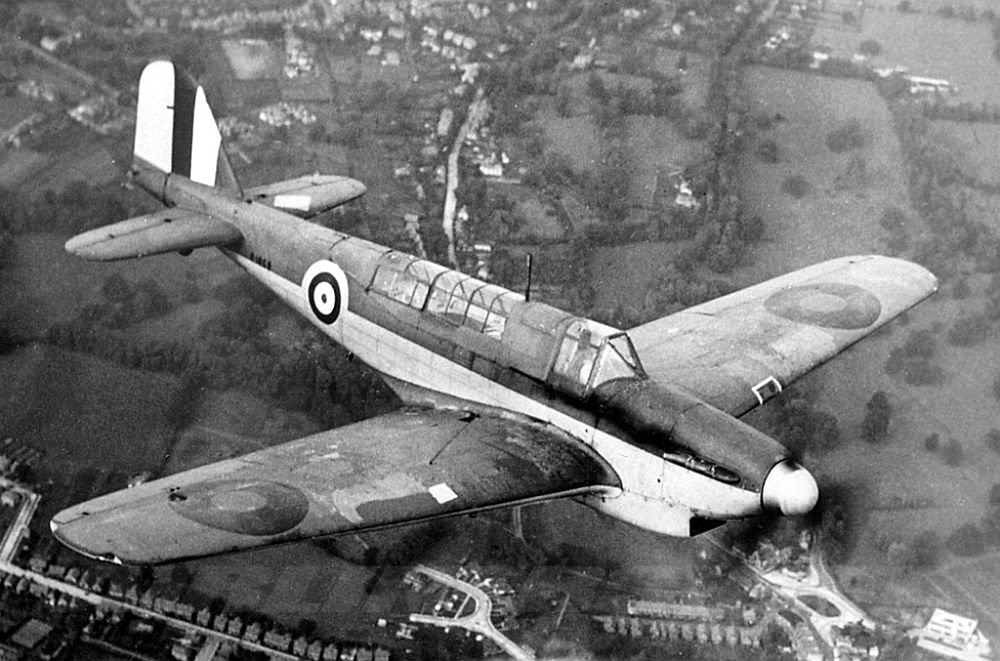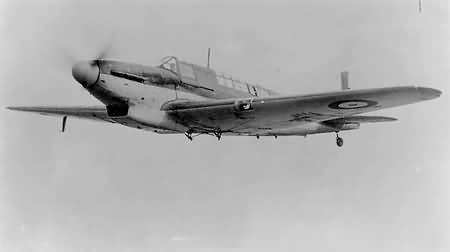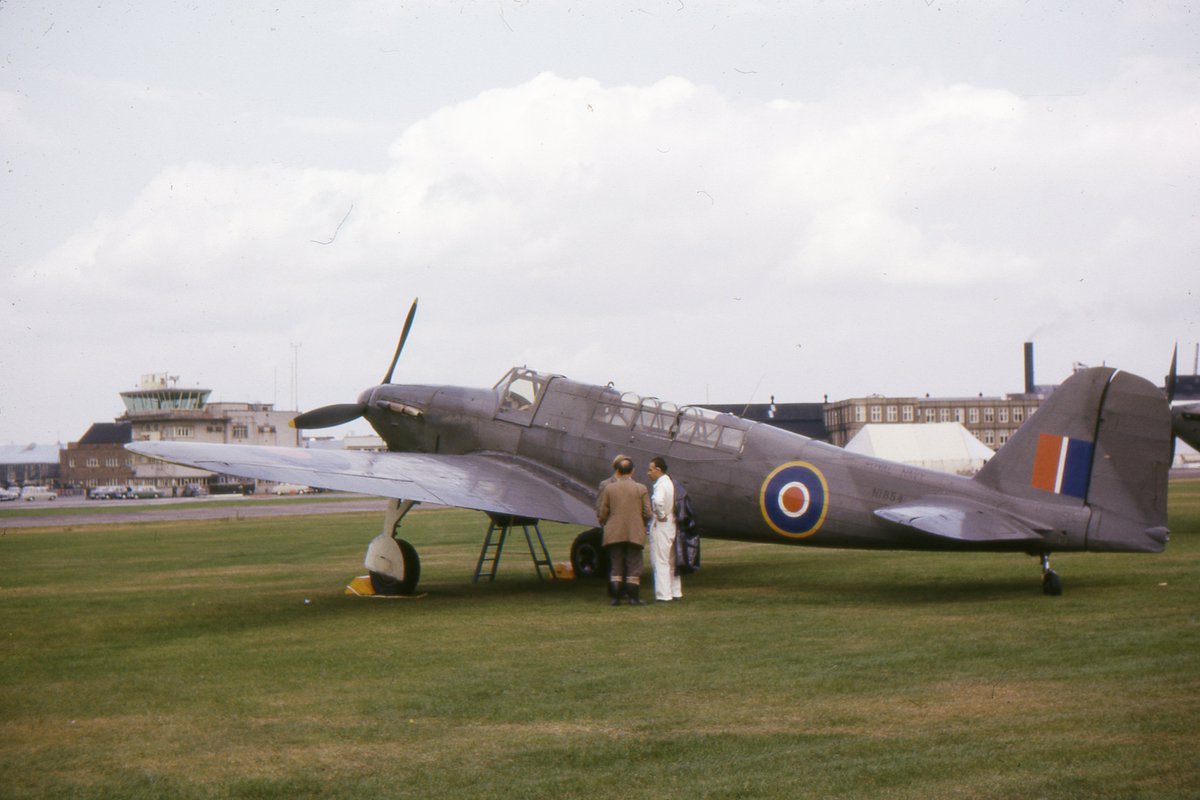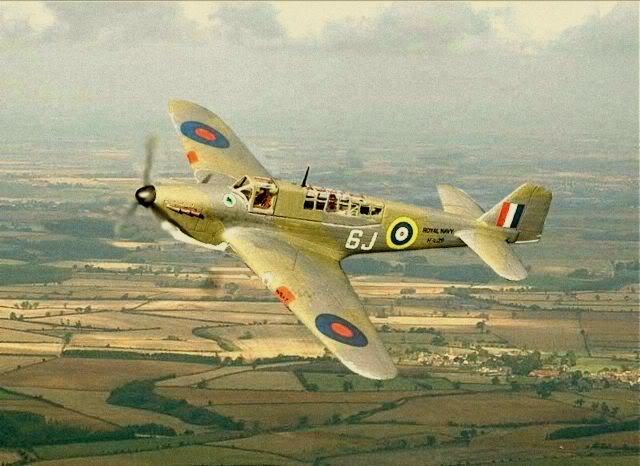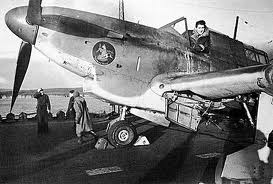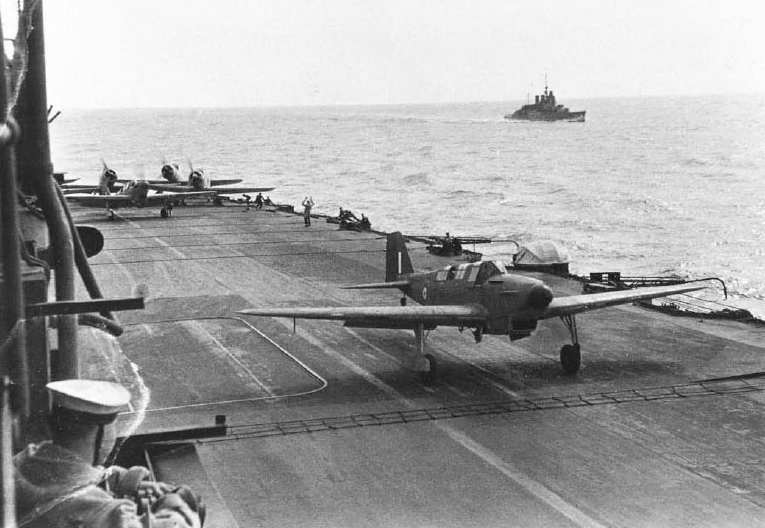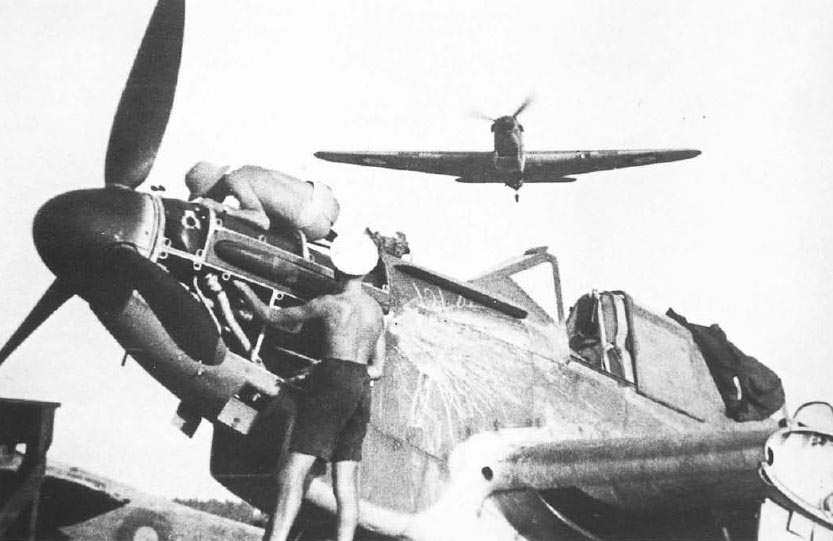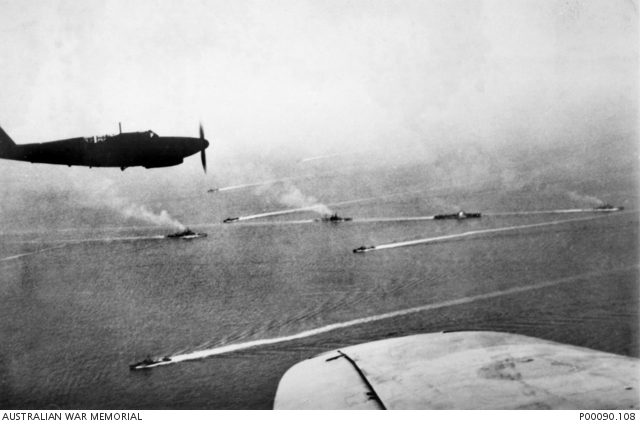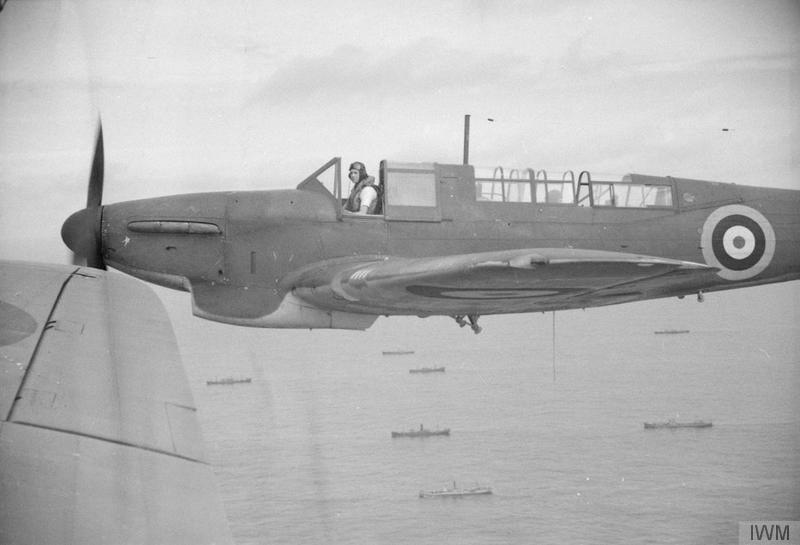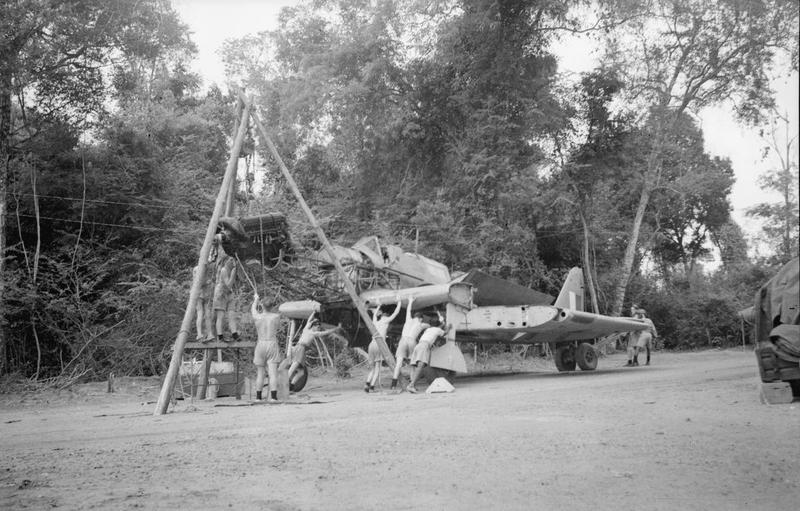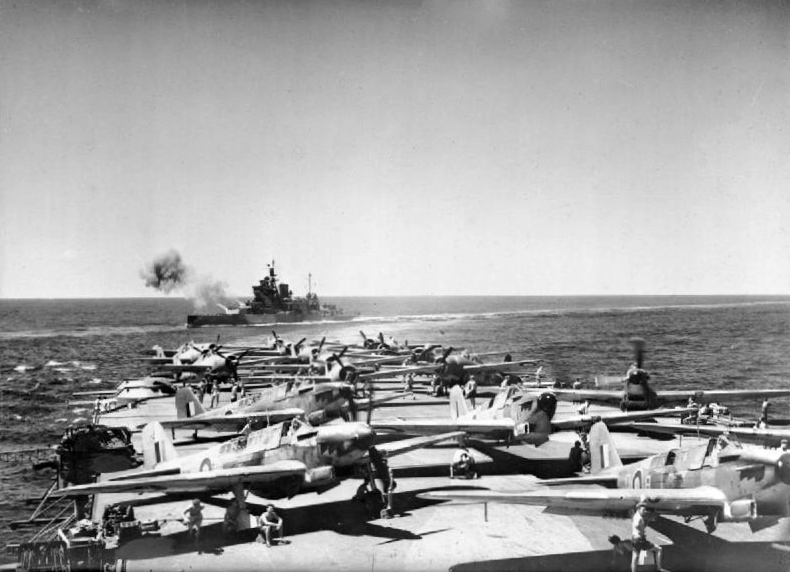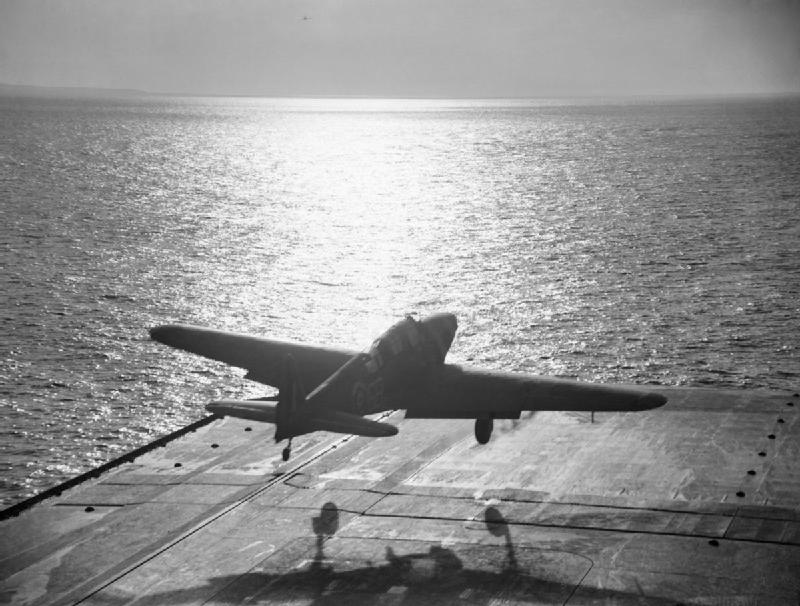IN DEFENCE OF THE HUMBLE FULMAR: At the request of @TsukaimaQuest here is a thread attempting to identify the place in history earnt by Fairey& #39;s fleet fighter, the Fulmar:
“Perhaps the Fulmar lacked the glamour that attached to the single-seat fighters of the day, innate soundness and competence not being the stuff of headlines to set the public’s adrenalin flowing.” - Test pilot Captain Eric & #39;Winkle& #39; Brown
The problem with all these comparisons is that you are never comparing "apples with apples". That makes the "what if" black hole an ever-present threat. So, Fulmar needs to be put in context.
The Royal Navy was not happy with the performance of the Blackburn Skua and Roc, even before they entered production. The concept of an "all things for everybody" fighter-bomber was before its time. As such, Skua and Roc were underpowered for the fighter role.
This left a looming fleet capability gap: a long-range fleet reconnaissance fighter. The RAF had no aircraft suited to that role. But it did have a cancelled prototype high-speed light bomber.
So, in January 1938, this airframe was chosen as the basis of a fast-tracked, stop-gap program to fill this need until a new design could be worked up from scratch suiting Admiralty specifications (ultimately leading to the Firefly and Firebrand).
The Fulmar was not intended to be developed. It was not intended to be in use for more than a couple of years. But the imminent threat of war meant there was a capability gap that had to be filled as fast as possible.
Fortunately, the P4/P3 fast bomber prototype needed only detail work to adapt it to naval service. It was hoped it could provide 6-hour endurance with a top speed of 265mph, even after the addition of folding wings, arrester gear and naval radios.
First examples were supposed to be delivered in September 1939. This ended up slipping six months. Costing one third more than a contemporary Spitfire, the Fleet Air Arm were delivered the first operational all-metal, folding monoplane naval fighter.
The production fighter came in overweight at 10000lb. It had a top speed varying between 247 and 265mph (depending on engine condition). It& #39;s climb rate was a disappointing 1200 feet per minute. https://www.youtube.com/watch?v=6WEx8q0NwxA&feature=emb_title">https://www.youtube.com/watch...
But this was considered "enough", especially as the strength of the original light bomber allowed the fleet fighter to control dives of up to 450mph. This would quickly become crucial as radar fighter direction was developed aboard HMS Ark Royal and Illustrious.
Fulmar regularly performed each of its specified roles:
- Night and bad weather fleet reconnaissance (against Bismark in particular)
- Long-range escort (various strike operations the Med and North Atlantic)
- Enemy Reconnaissance interdiction.
- Defensive Carrier Air Patrol
- Night and bad weather fleet reconnaissance (against Bismark in particular)
- Long-range escort (various strike operations the Med and North Atlantic)
- Enemy Reconnaissance interdiction.
- Defensive Carrier Air Patrol
It first went to war aboard HMS Ark Royal in June 1940, with HMS Illustrious also carrying them in the Med from September. Their 8x303mg with 700 rounds per gun were immediately successful in sweeping Italian reconnaissance aircraft from the skies.
During this 1940-42 period, operations were mostly outside fighter cover. But it did face were German Me110 heavy fighters. Some operations pitched them up against Italian CR42s and RE2001s, and Me109s. The kill-to-loss ratio against single-seat fighters was 5:3
But the bomber threat to the fleet was getting faster. In level flight the Fulmar was struggling to catch them (though this was largely mitigated through careful CAP placement and management). But its rate of climb was an increasing problem.
The projects leading to the Firefly and Firebrand were delayed by the Battle of Britain. So attempts were made to improve the Fulmar with the MkII. This was only marginally successful. Thus the growing need for single-seat conversions (Sea Hurricane and Seafire)
By mid 1942 Fulmar was at the end of its useful life. But the role of long-range reconnaissance fighter was still needed. By Operation Pedestal it was limited to low-level CAP (it outperformed the Hurricane at that level).
Against Japan at Ceylon, the Fulmar struggled. One squadron was "bounced" upon takeoff (never a good thing) and took heavy losses. Following engagements were not so bad, but the Zero was superior.
By this time the Corsair was on the horizon. The Martlet (Wildcat) had finally been brought up to useful F4F4 specifications (as well as being made available to the FAA in adequate numbers). So the Fulmar was retired to the second line.
In the final accounting, during the desperate days of 1940-42 the Fulmar was credited with 122 kills. 40 were lost to enemy action. 16 of these in air-to-air combat. In operations in the Sicilian Channel and off Norway, only three Fulmars were lost to single-seat fighters.
Tomorrow I will put the Fulmar in the context of its timeline contemporaries.

 Read on Twitter
Read on Twitter